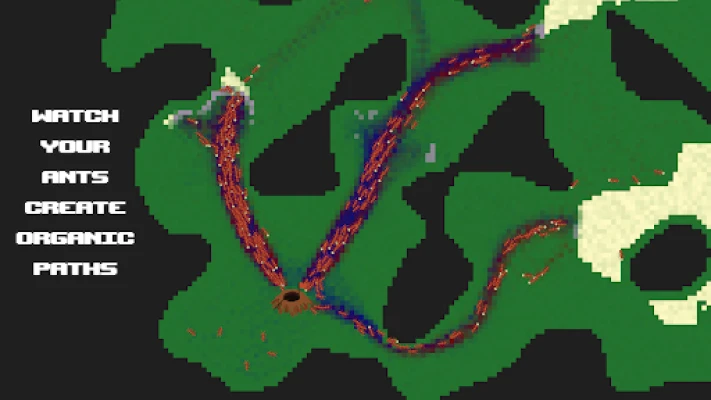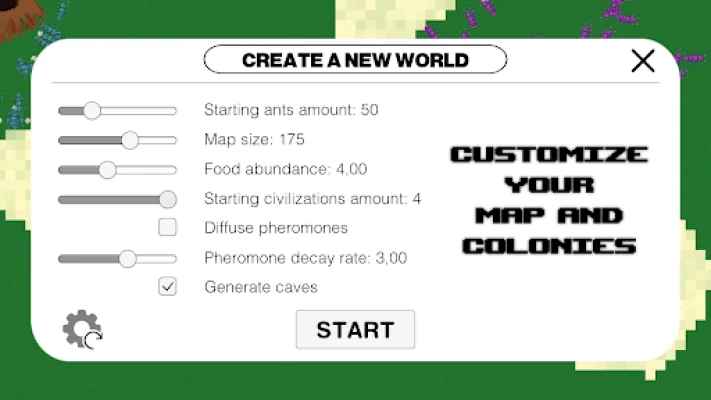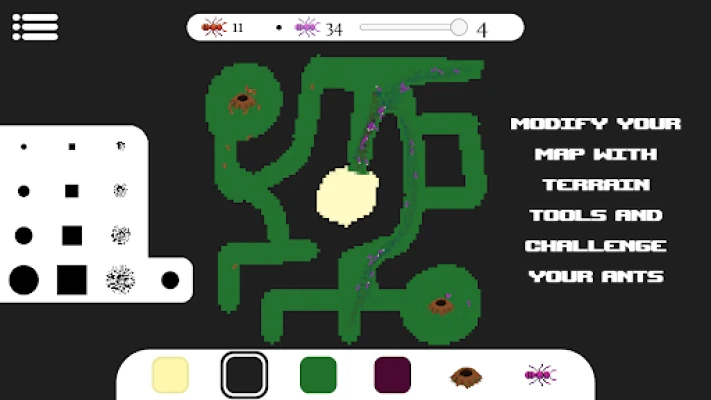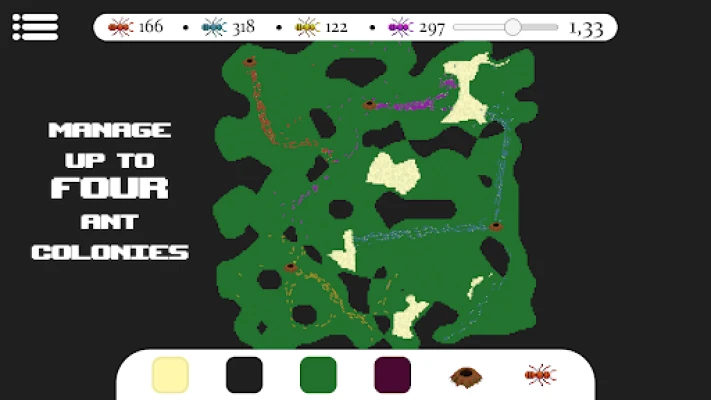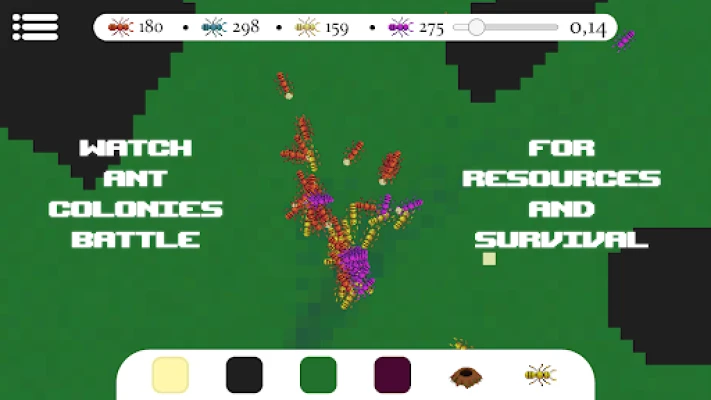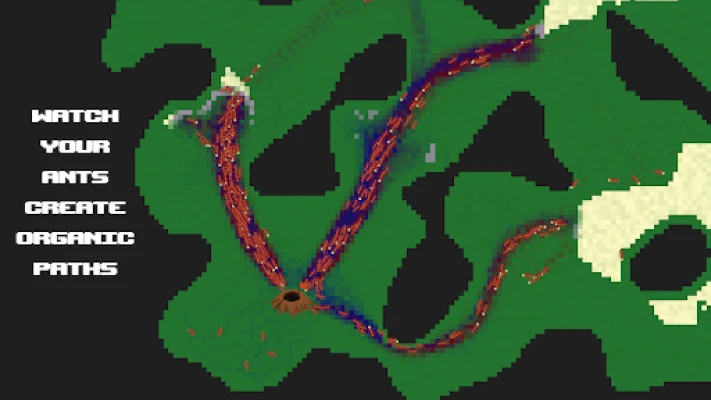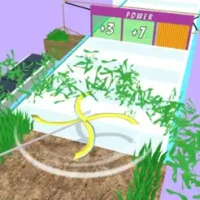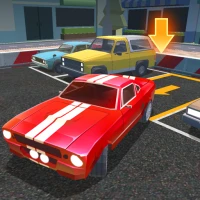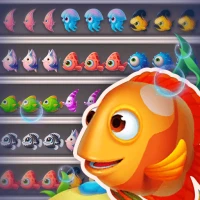
Latest Version
0.99
May 06, 2025
LM Programming
Games
Android
0
Free
com.LMProgramming.AntsSimulator2TotalWar
Report a Problem
More About Ants Simulator 2: Total War
Explore the Fascinating World of Ant Behavior with an Innovative Simulator
Ants are remarkable creatures, known for their complex social structures and intricate behaviors. A new simulator harnesses these real-life ant behaviors, allowing users to observe and interact with virtual ant colonies as they create unique pheromone trails and engage in resource battles. This article delves into the captivating features of this simulator, highlighting how it mirrors the fascinating dynamics of ant societies.
The Science Behind Ant Behavior
Ants communicate and navigate their environment primarily through pheromones—chemical signals that convey information about food sources, danger, and colony status. This simulator replicates these behaviors, providing an immersive experience that showcases how ants work together to thrive in their ecosystems.
Creating Distinct Pheromone Trails
One of the standout features of the simulator is its ability to model the creation of pheromone trails. As ants move, they deposit pheromones that guide other colony members to resources. Users can observe how these trails evolve over time, demonstrating the ants' ability to adapt to changing conditions. The simulator allows players to manipulate variables, such as food availability and environmental obstacles, to see how ant colonies respond.
Resource Competition: Ants at War
In nature, ant colonies often compete for limited resources. The simulator captures this competitive spirit, allowing virtual colonies to engage in battles for food and territory. Users can witness firsthand the strategies ants employ, from direct confrontations to tactical retreats. This feature not only entertains but also educates players about the survival instincts that drive these tiny warriors.
Understanding Colony Dynamics
The simulator offers insights into the hierarchical structure of ant colonies. Players can explore the roles of different ants, from workers to soldiers, and how these roles contribute to the colony's success. By managing a colony, users learn about the importance of cooperation and division of labor in achieving common goals.
Interactive Learning Experience
This simulator is more than just a game; it serves as an educational tool that promotes understanding of ecological principles. Users can experiment with various scenarios, observing how changes in the environment affect ant behavior and colony survival. This interactive learning experience fosters a deeper appreciation for the complexities of nature and the importance of biodiversity.
Applications Beyond Entertainment
While the primary focus of the simulator is to entertain, its applications extend into scientific research and education. Researchers can use the platform to model ant behavior under different conditions, gaining insights that may inform studies in ecology and biology. Educators can incorporate the simulator into their curriculum, providing students with a hands-on approach to learning about ecosystems and animal behavior.
Conclusion: A Window into the Ant World
The ant behavior simulator offers a unique opportunity to explore the intricate lives of these fascinating insects. By creating distinct pheromone trails and engaging in resource battles, users gain a comprehensive understanding of ant dynamics. Whether for entertainment, education, or research, this simulator opens a window into the complex world of ants, inspiring curiosity and appreciation for the natural world.
As technology continues to evolve, tools like this simulator will play a crucial role in bridging the gap between science and the public, fostering a greater understanding of the ecosystems that sustain us all.
Rate the App
User Reviews
Popular Apps
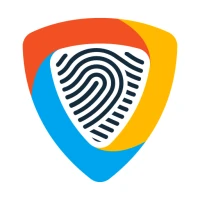









Editor's Choice











